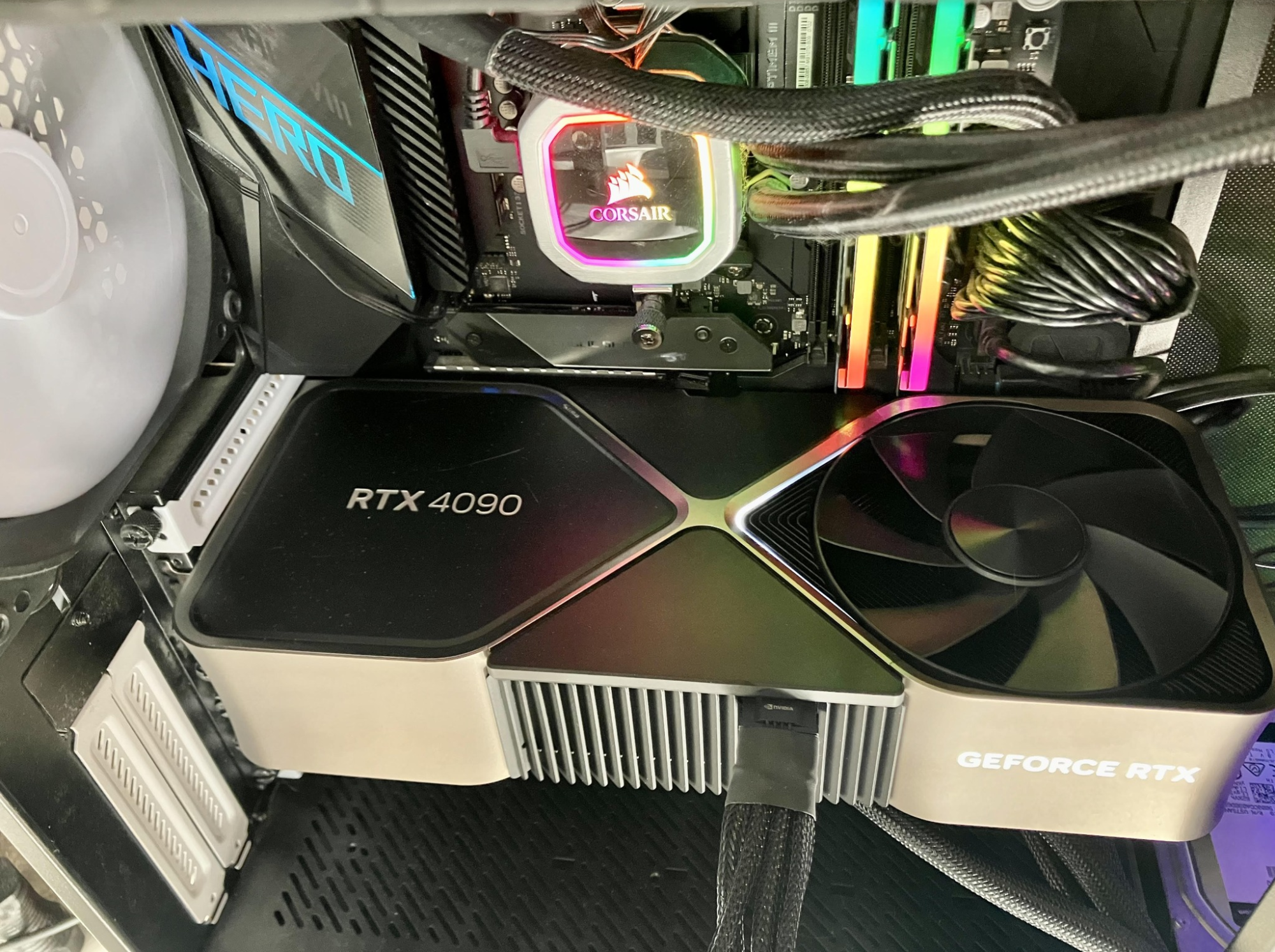This is one of the reasons AMD partners are better it seems. XFX and sapphire, I have heard really decent things about their warranty.
I am not sure if I can comment on gigabyte overall but one issue I had with them was their warranty support. I mean its not something I would deal with again. It almost seems like if you got a dead card they will say they repair it and send it back to you lmao. I had one with 4090 regular version, that thing I sent back and they said they fixed some 12v shit but didn't look like they even tested the card even if they fixed some shit. I got it back, same issue, no power on, no boot, no fans spinning. Like it was as dead as I sent it to them.
Luckily being a total tech member for BB saved me since I had 60 days return, this was when 4090s were hard to get. Just returned it. I know it happens you get DOA but crazy how their warranty is just repair and check mark without any accountability and they will send you shit back so you are sick and tired of it and go buy new card it seems lmao. I am sure if the fans go bad its not a huge issue, but I don't expect them to repair shit if your card is totally dead. They should be replacing those cards and keeping the dead ones to fix. They literally only had my card for a day.
I am not sure if I can comment on gigabyte overall but one issue I had with them was their warranty support. I mean its not something I would deal with again. It almost seems like if you got a dead card they will say they repair it and send it back to you lmao. I had one with 4090 regular version, that thing I sent back and they said they fixed some 12v shit but didn't look like they even tested the card even if they fixed some shit. I got it back, same issue, no power on, no boot, no fans spinning. Like it was as dead as I sent it to them.
Luckily being a total tech member for BB saved me since I had 60 days return, this was when 4090s were hard to get. Just returned it. I know it happens you get DOA but crazy how their warranty is just repair and check mark without any accountability and they will send you shit back so you are sick and tired of it and go buy new card it seems lmao. I am sure if the fans go bad its not a huge issue, but I don't expect them to repair shit if your card is totally dead. They should be replacing those cards and keeping the dead ones to fix. They literally only had my card for a day.
![[H]ard|Forum](/styles/hardforum/xenforo/logo_dark.png)
